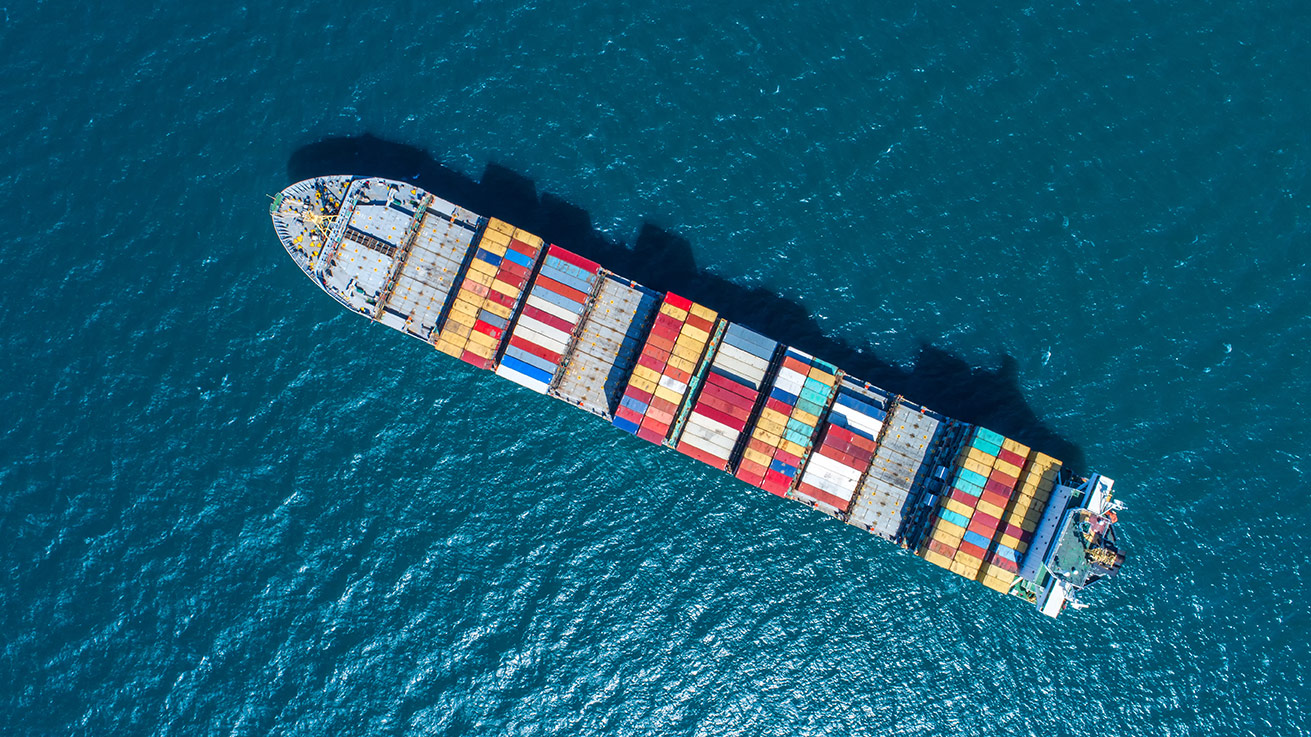As G7 calls time on coal, have you checked your supply chain?
María Mendiluce, CEO of the We Mean Business Coalition
This article first appeared on World Economic Forum.
- At the historic G7 ministerial meeting in May seven of the world’s largest economies agreed to end unabated coal in their domestic power systems in the 2030s.
- Tackling these goals will require a new approach to supply chains which are often responsible for between 65% and 95% of a company’s total emissions.
“Coal is an energy of the past,” said Barbara Pompili, France’s environment minister after announcing “the absolute end of new direct government support for international coal power generation” at the historic G7 ministerial meeting in May.
The meeting saw seven of the world’s largest economies agree to stop funding overseas coal-fired power by the end of this year and to end unabated coal in their domestic power systems in the 2030s.
Today, coal generates 35% of the world’s electricity and is responsible for more than 70% of global CO2 emissions from the power sector. More and more companies are exiting coal and transitioning to renewables, with power companies aligning their emissions reduction targets with 1.5ºC.
To achieve these targets, all companies will need to reduce fossil fuel generation and switch to renewables not only in their direct operations, but importantly, in their supply chains.
Climate change poses an urgent threat demanding decisive action. Communities around the world are already experiencing increased climate impacts, from droughts to floods to rising seas. The World Economic Forum’s Global Risks Report continues to rank these environmental threats at the top of the list.
To limit global temperature rise to well below 2°C and as close as possible to 1.5°C above pre-industrial levels, it is essential that businesses, policy-makers, and civil society advance comprehensive near- and long-term climate actions in line with the goals of the Paris Agreement on climate change.
The World Economic Forum’s Climate Initiative supports the scaling and acceleration of global climate action through public and private-sector collaboration. The Initiative works across several workstreams to develop and implement inclusive and ambitious solutions.
This includes the Alliance of CEO Climate Leaders, a global network of business leaders from various industries developing cost-effective solutions to transitioning to a low-carbon, climate-resilient economy. CEOs use their position and influence with policy-makers and corporate partners to accelerate the transition and realize the economic benefits of delivering a safer climate.
Supply-chain reaction
Emissions from a company’s value chain range between 65% and 95% of its total emissions, according to the January World Economic Forum report The Net-Zero Challenge: The Supply Chain Opportunity. And over half of global greenhouse gases come from eight global supply chains: food, construction, fashion, food, fast-moving consumer goods, electronics, automotive, professional services and freight.
Power is a vital input into these industries and emissions from coal-fired power are still responsible for a significant proportion of supply-chain emissions in many countries. This means businesses with emissions reduction targets will be increasingly switching to suppliers in those countries with clear timetables to phase out coal.
Business is already acting to switch to supply chains powered by renewables. For example, Apple is working with its manufacturing partners to shift towards 100% renewable electricity, as part of its target to be carbon neutral across its entire business, manufacturing supply chain, and product lifecycle by 2030.
Companies including L’Oréal, Walmart, Braskem and Toyota are among 150+ major buyers calling for transparency and action from suppliers to tackle environmental risks. But more work is needed: only 37% of suppliers ask their suppliers to reduce emissions.
Since small and medium sized enterprises (SMEs) make up a large part of corporate supply chains, the SME Climate Hub can play a key role in helping large companies cut emissions in their supply chains. The initiative was set up to help provide tailored tools and methods to help SMEs cut emissions alongside the 1.5ºC Supply Chain Leaders program for large companies.
China and supply-chain emissions
China is home to a huge proportion of the world’s supply chains and the world’s largest consumer of coal. China’s coal generation grew five-fold between 2000 and 2019 and its planned new coal generation equates to far more than the current operating coal plants of Russia, Germany and Poland combined.
World leaders are calling for China’s leadership in decarbonizing its power system. Alok Sharma, president of the upcoming COP26 climate summit in November urged China to set “near-term policies that will then help to deliver the longer-term targets.”
In the meantime, companies will eradicate coal from their supply chains by:
- Setting a 1.5ºC aligned science-based target to better assess and map scope 3 emissions, for those companies with a higher supply chain footprint.
- Becoming a member of RE100 (a global corporate renewable energy initiative), switching to 100% renewable electricity, and gaining valuable insights into renewable procurement internationally.
- Joining the 1.5°C Supply Chain Leaders to engage the small and medium-sized enterprises that make up their supply chain to set net-zero targets.
- Working together with industry groups, such as the ‘SteelZero’ initiative to procure 100% net-zero steel by 2050 and others through the Mission Possible Partnership.
Change won’t happen overnight, but the G7’s announcement on coal gives companies a clear overall direction. More work must be done and G7 countries need to deliver roadmaps on the coal phase out to help firms meet their climate goals.
For now, growing awareness of how every stakeholder can make an impact is key. Current efforts show increasing momentum is possible and efforts on tackling supply chains will be critical to halve emissions and meet 2030 targets.

